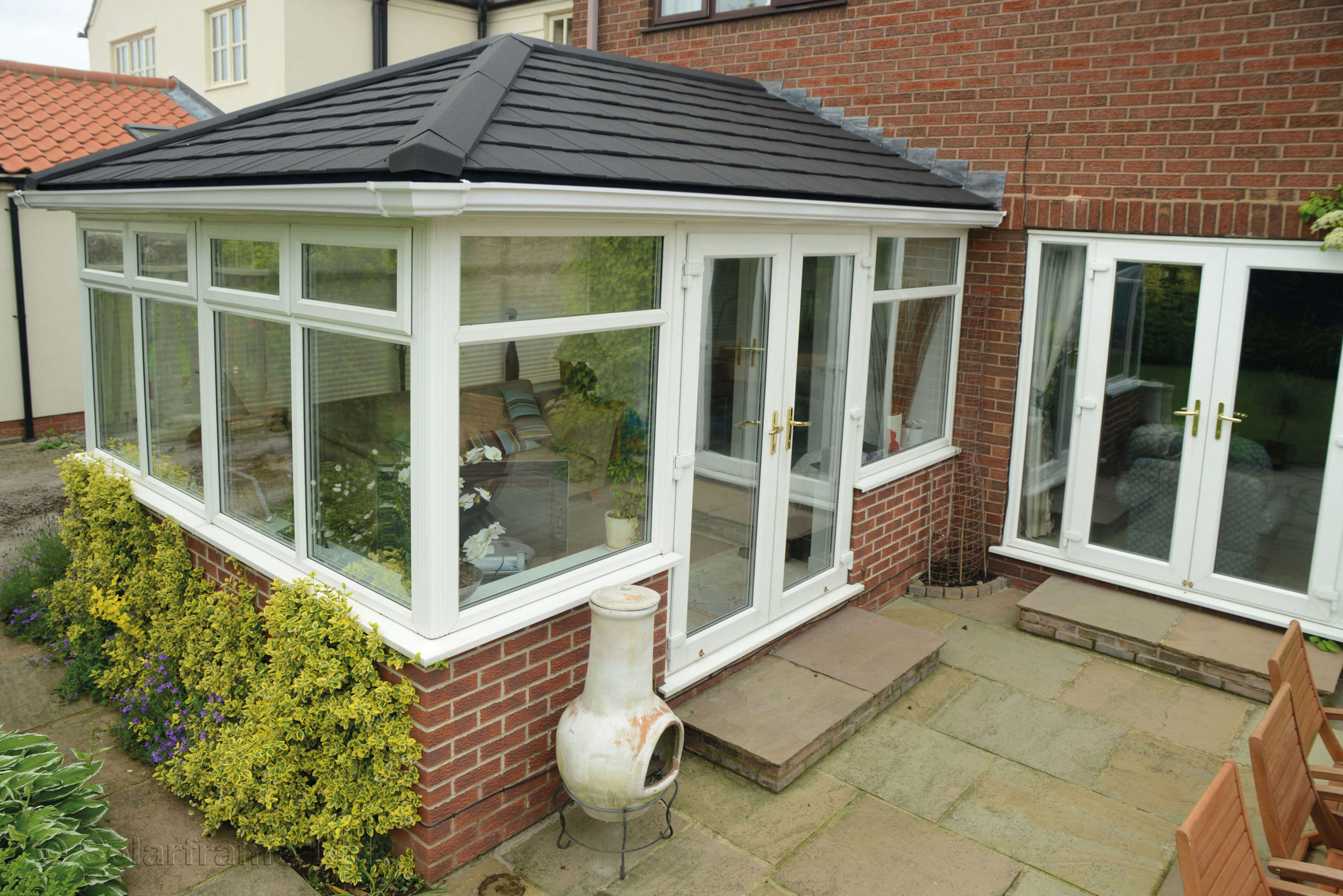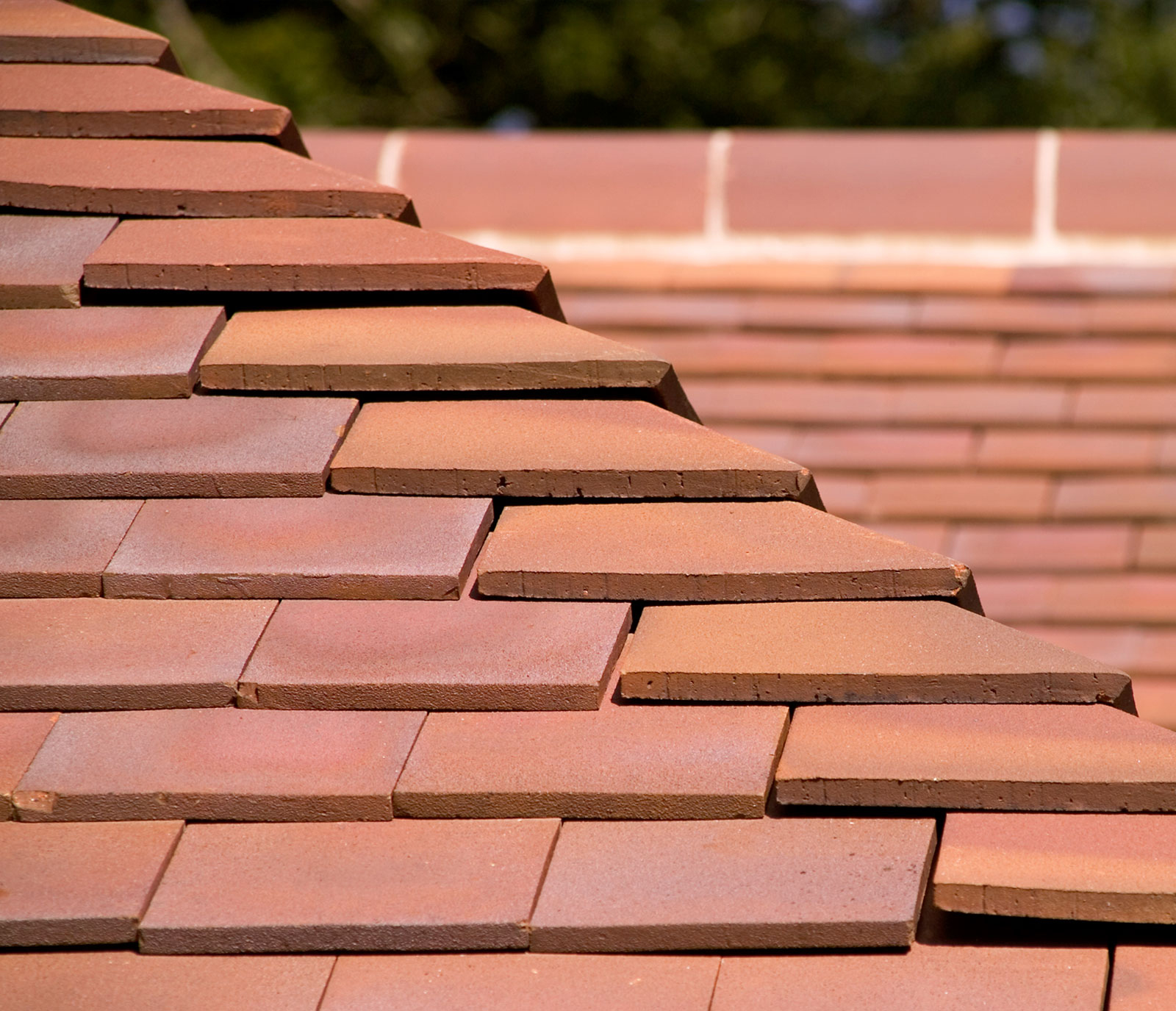

If the roof has a steep slope, battens may be required to hold the tiles in place. Treat the top line on the installed layer as you previously had the bottom edge of the eave.
Tiled roof series#
There may be a series of lines along the roll of underlayment, and this is intended to show the installer precisely how much the layers should overlap. Overlap the underlayment, with the new layer partially covering that which was already applied. Restart at the end of the roof at which you first began.When you reach the end of the roof, cut the underlayment roll to match the edge.Keep all nails at least 2 inches from the edge of the roof.

Roll out 10 foot (3 m)-long sections at a time, and then secure it with nails separated by intervals of 24 inches. As you roll out the underlay, keep the bottom edge of the material aligned with the edge of the eave but above any metal or synthetic edging that may cover the borders of the eave. Position the first roll of underlayment at one side of the roof, perpendicular to the lower edge (the eave) of the roof.This roof could last a lifetime, but it won't if the materials don't suit the requirements of the job. There are a number of caulks or sealants available for outdoor use, but once again it is recommended that you use especially durable and high quality products. A number of varieties are available, but because this is a roof intended to last from 30 to 100 year, it is probably a good idea to invest in one of the heavy-duty options. This is the water-resistant layer between the tiles and the roof frame and sheathing. Gasket nails are a type of nail with an interior plastic cap that will help seal nail holes and prevent leaks.
Tiled roof professional#
Roofing Contractor & Maintenance Professional Expert Interview. While some of these are common-for example, it is recommended that you have a ladder-others are rather specific to this task and are items that are likely not yet in your inventory. Make a list of necessary materials and tools.

For any roof that you will likely have for multiple decades, this is certainly an issue to think about. Finally, the color of concrete tiles are more prone to fade over time than that of clay tiles.One estimate illustrates the importance of the price difference: to place a concrete tile roof on a fairly common home with a roof area of 1,500 square feet could cost between $6,000 and $15,000 it could cost between $10,500 and $45,000 to give a clay tile roof to the same house. Though durable, clay tiles can be more expensive (and neither option is particularly cheap).While concrete roofing tiles are typically expected to survive 30-50 years, in the right conditions a well made clay roof might be expected to last 100 years. Clay tiles are considered to be one of the longest-lasting roofing materials available, even substantially longer than concrete ones.They differ in a number of ways, and so the choice is a significant one. Just as vitally, you must determine whether you would prefer clay or concrete tiles (various grades based on climatic conditions are available for both). There are a number of different grades of tile to choose from, and you must identify the grade that fits the climate in which the building is situated.


 0 kommentar(er)
0 kommentar(er)
